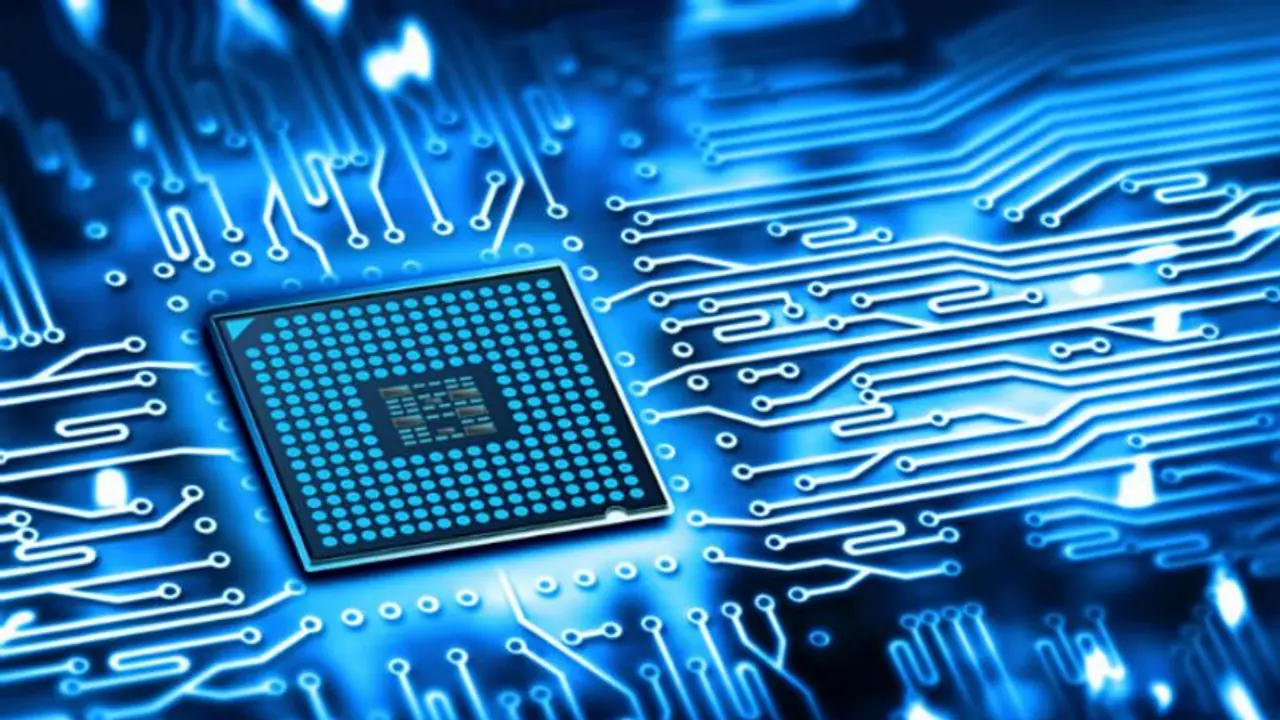With China having strict shutdowns due to Covid and countries wanting to diversify and distribute supply chains, India is in a sweet spot, says Ashali Varma
At a recent inaugural event of the EPIC Foundation in India, attended by several well-known pioneers in science and electronics, industry leaders and government officials who will be actively involved with the Foundation’s work was discussed.

EPIC wants to fill the vacuum of getting industry, policy makers and academics together to chart a much-needed fillip for Aatmanirbhar Bharat in high end electronics.
There were several visionaries at the event who had achieved amazing success but felt that India had lost the race of manufacturing, design and 'Make in India' ethos to global corporations.
Dr Ajai Chowdhry, who is the chairman of the EPIC Foundation and one of the six founder members of HCL, which started in 1976 with a dream 'to take the microprocessor and change the world'. HCL is now valued at $50 billion.
His vision to start EPIC was due to the fact that even though India had the talent and designers for products, most of them were working for global companies. Now the government has come out with many schemes to boost India’s own manufacturing companies from Chips to hardware that is needed to attract both large corporations and Small and Medium Enterprises (SMEs) by bringing incentives such as the Production linked Incentive (PLI) which will encourage high volume manufacturing.
But what is needed is designing in India and then manufacturing. "Another incentive is the Scheme for Promotion of Manufacturing for Electronic Products (SPECS), which is to make as many components as possible in India. This is where the real depth comes in."
Chowdhry said, "Sadly we lost the edge in manufacturing when we wrongly We wrongly signed up to reduce duties on IT products to zero in 1999. This got implemented in 2005 and many brands died as imports killed a large number of SMEs. We did not prepare the country for it. Brazil and China gave the incentives to nurture their domestic industries. Meanwhile, we destroyed all domestic brands and went into trading. Everyone bought cheaper Chinese products, branded it and sold it."
"There was zero policy support for domestic companies to take care of the high cost of land; high cost of finance; poor infrastructure and high logistics cost. Now these problems are being addressed."
He outlined his vision for the Foundation to say that the objective is to bring total Aatmanirbhar Bharat by designing and manufacturing in India.
"The Foundation will fund initial designs and give it free to manufacturers to get them going. We will design products like educational tablets that are upgradeable and repairable unlike global products. We will work with the government to create strategies for preference for Indian products."
In the initial stages, he said that they have identified 10 volume products that the govt buys. We will encourage by building products and brands to take to market. Later we will pick up another 10 products for intervention.
"All of our team is composed of volunteers with great technology depth who are contributing for the country. Initially, we are funding it ourselves and later we will look for funding from the industry."
"The PLI policies of the govt encourage volume manufacturing and export. So, this encourages width in manufacturing. We want to encourage depth in manufacturing where we create value addition through design and buying components from Indian companies."
He pointed out that China nurtures its industries to create global brands like Huawei. "We are just starting to do that with PLI."
But perhaps the most important factor is that the Centre and state governments must encourage the industry by buying Indian brands.
He said he had written a paper years ago to have a policy for Preferential Market Access. But neither the Centre at that time nor the state governments implemented this policy. Now at least the Centre has added another policy which calls for not buying from Border Nations to prevent buying Chinese products.
But all this needs strict implementation as vested interest prevents it from happening.
With the Union Cabinet approving Rs 76,000 crore scheme to boost semiconductor and display manufacturing in the country, the Centre is also firmly behind the effort to boost indigenous manufacturing.
The demand for electronic products will rise to $400 billion by 2025 in India and will be a key driver for the 5-trillion-dollar economy.
The shortage of chips in the world today due to Covid and the disruption of supply chains has taught us how important it is for India to be self-reliant.
The fact that we have some of the best IITs and many of our engineers go abroad for lack of jobs in India, and excel abroad only goes to show how much talent we have. Now we also have the money and the support of the Centre and with good products the markets in India and abroad will only expand.
"We also have Minister Ashwini Vaishnav who really understands electronics and is a IIT Kanpur alum and Rajeev Chandrasekhar, who worked with Intel, as the MoS. I think stars are aligned to make electronics and semiconductors to happen in India," Chowdhry said.
With China having strict shutdowns due to Covid as well as countries wanting to diversify and distribute supply chains, India is in a sweet spot. We lost out on the electronic manufacturing revolution, but we must be ready to be part of the Quantum technology and chip manufacturing revolution.
After all, if we could make our own ventilator in just 90 days, we can do anything! Epic Foundation is one such bold venture.
The author is a freelance journalist who writes on various issues including human rights, population and sustainable development.
Also Read: Army wants new mounted guns along borders with China, Pakistan
